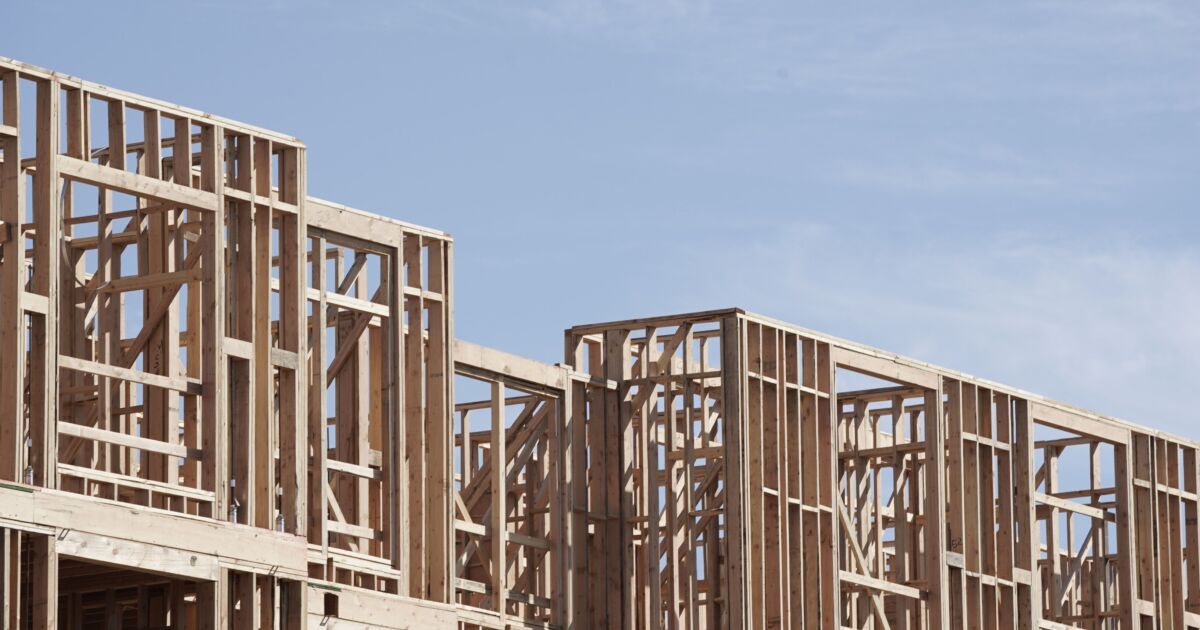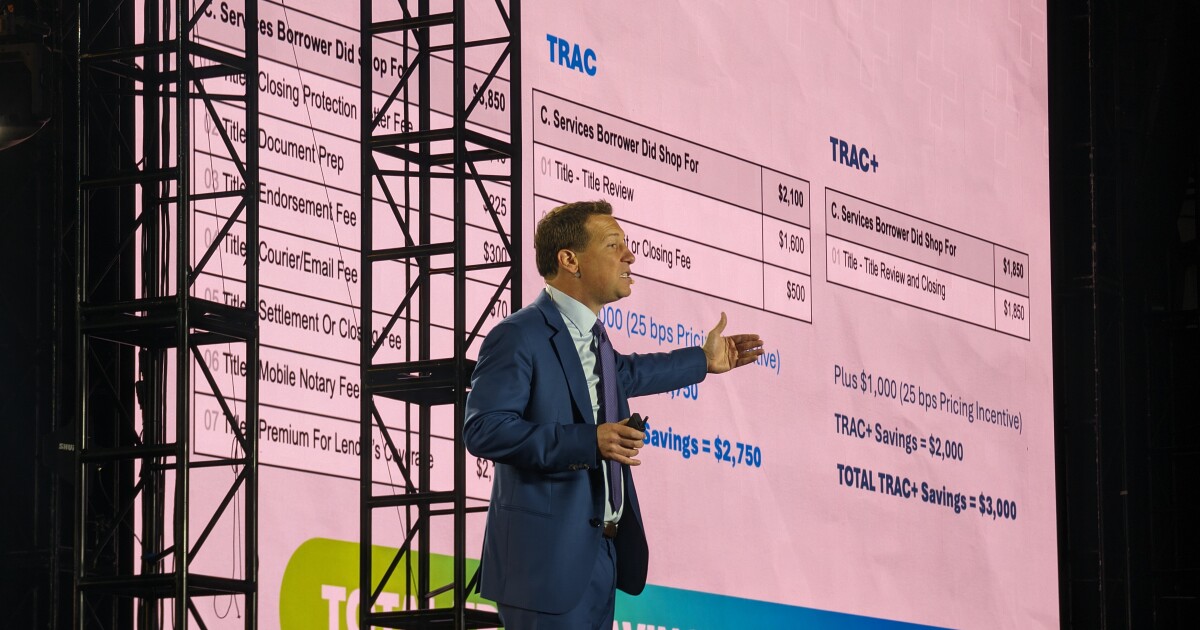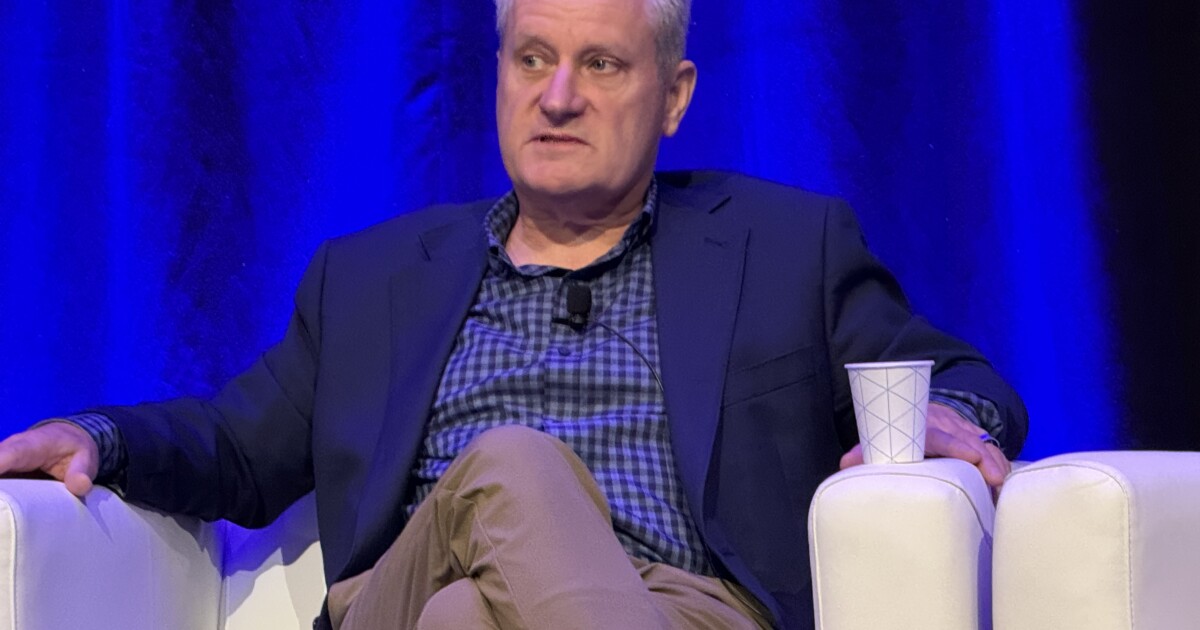
Renters in some of the fastest-growing U.S. cities are finally getting some relief after a few years of dizzying increases as developers roll out droves of new apartments.
The Boise City, Idaho metro area has seen rents drop 6.2% over the past year after the local supply of apartments increased by about 1,600 units, or 5.3%. That topped the average supply increase among U.S. cities of 2.1%, according to data from rental property software provider RealPage Inc.
Bigger metro areas Austin, Phoenix and Atlanta each added at least 16,000 units over the past year, increasing their inventories by as much as 5.6%. Rents consequently fell in each market, compared with essentially flat levels nationwide, according to Jay Parsons, chief economist at RealPage.
Apartment development has been more muted outside some fast-growing Sun Belt areas, and rents in many communities continued to rise in the past year. Rochester, New York added only 233 new apartment units and rents climbed more than 5%, according to RealPage. The Springfield, Massachusetts area saw no new supply and rents rose by almost 9%.
One Sun Belt metro area that still saw rapid rent increases was Midland-Odessa, Texas — where rents rose nearly 14% — although that market is volatile because of its tie to energy production, Parsons said.
Real-time rents don't track neatly with the consumer price index's shelter category, which includes other components like hotel stays and rose by 7.2% in September when compared with the previous year. CPI shelter tends to lag the rental market, so it should continue to fall as more new supply becomes available, Parsons said.
Still, the relief seen in some markets is relatively tame compared with the steep rent gains of the past few years. To really make apartments more affordable to low-income earners, rents would need to fall by a third, and getting a drop closer to 40% "is not very likely," Parsons said.



